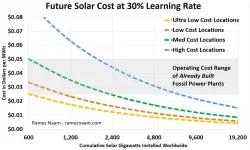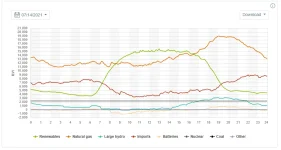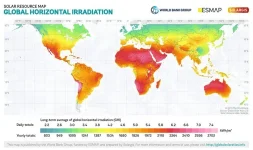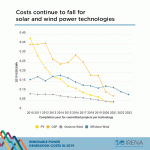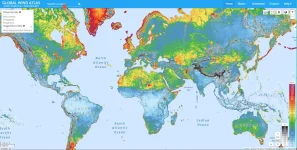So many trees. Easy to get distracted…
At the beginning of the petroleum revolution gasoline was a waste byproduct, but there was powerful incentive to figure out how to use it usefully. It’s only been a few years since solar and renewables became radically cheaper than the alternatives, hence we’re still figuring out how to use them with maximal efficiency, but rest assured it’s happening fast. Grid capacity, the duck curve, negative spot prices, outdated regulations that divorce supply and demand, world lithium availability: all trees. Real issues to be sure, but in the grand scheme not hard to solve when compared to the incentives there will be to do so: don’t let them block out the forrest.
The price graphs I showed include curtailment- any energy dumped because there isn’t enough demand. Even with that dumping LA’s already buying PV electricity at under $.02 per kWh. Spot prices during the day already fall well below that in many parts of the country for those with access to wholesale pricing. What do you do with power that cheap? Take loads that can be variable (like EVs) and figure out run them when power is cheapest? Convert otherwise virtually worthless coal fired power plants to run off thermal energy you stored during the day maybe? Sure you’ll only get 45% of the energy back out, but that still puts you at below $.05 per kWh base-load electricity, and that’s with today’s PV prices. Cut those prices in half well before the end of the decade. That’s 80 cents to fill up a 300 mile tank if you can match demand with supply or more like $2.00 if you can’t. And it’s only going to get cheaper.
If you’re able to see past the trees you’ll realize we’re in the midst of an energy revolution.
A couple other points on your trees. 1. Renewables penetration is actually much higher than it looks on your Cal ISO graph above- rooftop solar is nearly as big as the other renewables and doesn’t show up there at all, it’s simply counted as demand reduction. 2. When you’re counting EV vs ICE efficiency make sure you count “well to wheels” energy consumption and efficiency if you’re going to count grid losses for EVs. When you do you’ll find no practical ICE cars getting higher energy in vs miles driven than passenger EVs, especially when starting from something like California crude.





